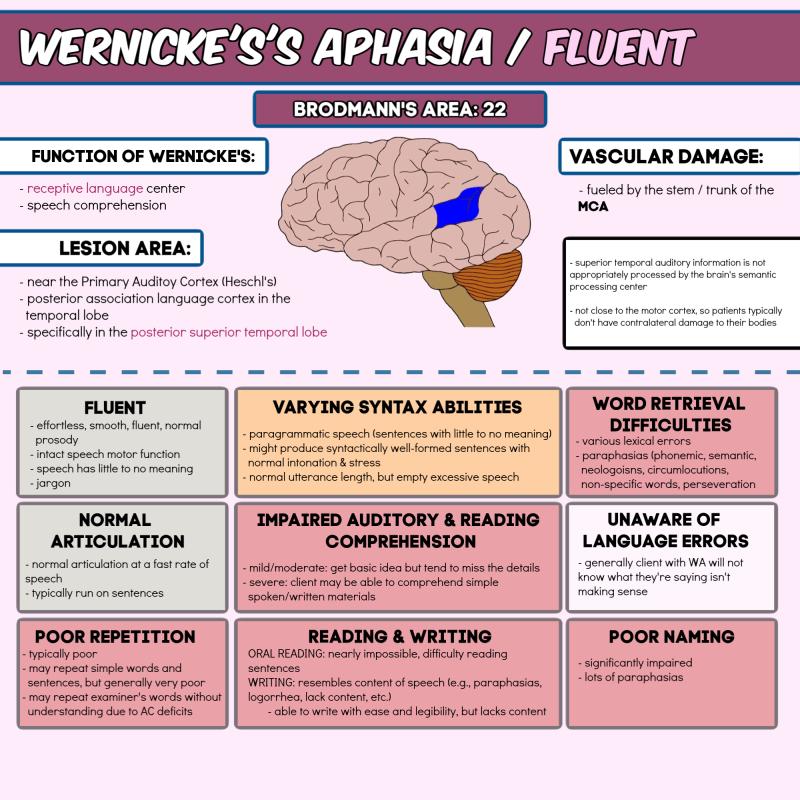Do people with aphasia use sign language?
Aphasia is a condition that affects a person's ability to communicate, often as a result of damage to the areas of the brain responsible for language. While individuals with aphasia may face challenges in spoken language, their use of sign language can vary. Here are some considerations:
Spontaneous Use of Sign Language:
- Some individuals with aphasia may spontaneously use sign language or gestures as a form of communication, especially if their ability to speak is significantly impaired. This can be a natural and adaptive way for them to express themselves.
Individual Differences:
- There is significant variability among individuals with aphasia. Some may have difficulty with both spoken and signed language, while others may find signing to be a helpful supplement to verbal communication.
Alternative Communication Methods:
- Augmentative and alternative communication (AAC) methods are often employed for individuals with aphasia. This can include the use of communication boards, speech-generating devices, or apps that facilitate communication through symbols or text.
Sign Language Training:
- In some cases, individuals with aphasia may receive training in sign language as part of their rehabilitation process. This can be particularly beneficial if their ability to speak is severely compromised.
Family and Caregiver Communication:
- Family members and caregivers may also learn basic sign language or other communication strategies to better understand and support individuals with aphasia. This can enhance the overall communication experience.
Multimodal Communication:
- Many individuals with aphasia adopt a multimodal approach to communication, combining spoken language with gestures, facial expressions, and other nonverbal cues. This helps them convey meaning more effectively.
It's important to note that the use of sign language among individuals with aphasia is highly individualized, and there is no one-size-fits-all approach. The type and severity of aphasia, as well as personal preferences and experiences, play a significant role in determining communication strategies.
Speech-language therapists work with individuals with aphasia to assess their specific communication needs and develop personalized strategies to enhance their ability to express themselves. Additionally, support from family and caregivers is crucial in creating a communication-friendly environment for individuals with aphasia.
Sign language plays a crucial role in communication for individuals with aphasia, a language disorder caused by damage to the brain's language processing centers. Aphasia can affect an individual's ability to comprehend and produce spoken or written language, making communication challenging and frustrating.
The role of sign language in communication for individuals with aphasia
Sign language offers an alternative means of communication for individuals with aphasia, providing them with a way to express themselves, understand others, and engage in meaningful interactions. Unlike spoken language, sign language relies on visual-gestural communication, which can be less affected by the brain damage associated with aphasia.
Benefits of using sign language to support aphasia recovery
Incorporating sign language into aphasia therapy and rehabilitation can provide several benefits for individuals with aphasia:
Enhanced Communication: Sign language can facilitate communication by providing an alternative pathway for language expression and comprehension.
Improved Language Processing: Sign language can stimulate the language processing centers in the brain, potentially promoting recovery of spoken and written language abilities.
Reduced Frustration and Isolation: Sign language can empower individuals with aphasia to communicate effectively, reducing frustration and promoting social interaction.
Increased Confidence and Self-Esteem: Effective communication with sign language can boost confidence and self-esteem, enhancing overall well-being.
Considerations for incorporating sign language into aphasia therapy and rehabilitation
When incorporating sign language into aphasia therapy and rehabilitation, it's important to consider the following factors:
Individual Needs and Preferences: The individual's preferences, learning style, and level of aphasia should be considered when selecting sign language symbols and methods.
Qualified Sign Language Instructor: Working with a qualified sign language instructor is essential to ensure accurate and effective sign language acquisition.
Supportive Environment: Creating a supportive and encouraging environment is crucial for fostering motivation and facilitating progress in sign language learning.
Integration with Other Therapies: Sign language should be integrated with other aphasia therapy approaches, such as speech-language therapy, to promote comprehensive language recovery.
In conclusion, sign language holds significant promise as a communication tool and therapeutic aid for individuals with aphasia. By providing an alternative means of expression and comprehension, sign language can enhance communication, promote recovery, and improve the overall quality of life for those affected by aphasia.













